Selfies are proving to be a useful discussion tool for patients of all ages looking for help to put their best face forward. Never before have we so often looked at images of ourselves and others, perhaps picking up on signs of aging we may not have been so keen to catch in decades prior.
The PSC hosts a roundtable of board certified plastic surgeons to discuss what the selfies trend does to their specialty.
Dawn of the Selfie Age
Photographic self-portraits have been around since the 1800’s. It wasn’t until cell phones with built in high-quality cameras became the norm that selfies began to gain popularity.
Prior to 2013, the word “selfie” did not even appear in the dictionary. In fact, the earliest recorded print usage of the word selfie is thought to be as recent as 2002. Today, the selfie is well established as a both a word and a photographic genre of its own.
Virtual First Impressions
We’ve all been told that we only get one chance to make a first impression when we meet someone. Today, social media has changed the way we meet people altogether. Many first impressions are formed entirely based on the images displayed on a person’s social media.
As a result, people have become more aware of the small changes taking place as they age. When a selfie reveals new wrinkles around the eyes, or thinning lips, people find themselves seeking out ways to address and reverse the changes before they get worse.
Putting Your Best Face Forward
To combat early facial aging and achieve the perfect #nofilter selfie, many people are turning to plastic surgeons for help. Austin based plastic surgeon Dr. Ned Snyder points out that with the growing popularity of selfies, “We see some subtleties that we may not even see in a mirror: fine lines or other things that people might not have really noticed on themselves at ages 35-45, but now those people are coming in and want something to correct it.”
Selfies Spark the Plastic Surgery Conversation
Social media is driving patients to freshen up their selfie faces. Younger patients are seeking minimally-invasive procedures instead of major surgical makeovers. Plastic surgeons have many tools in their toolbox that don’t involve the operating room. By beginning the conversation about plastic surgery at a younger age than in decades past, surgeons are able to counsel patients on non-surgical methods available to improve subtle areas of their face that have been brought to their attention in an unflattering picture.
“Through that conversation we’ve seen people have longevity in terms of usage of fillers and toxins, versus going to surgery earlier. We’ve seen the surgery come into the fold later now,” shares Dr. Robert Whitfield, a colleague of Dr. Snyder at the Breast and Body Center of Austin.
Popular Non-Surgical Selfie Enhancements
- Botox© & other neurotoxins: These are used to relax facial muscles, preventing wrinkles that result from muscle movement, such as frown lines.
- Fillers & Fat Transfer: These are used to restore volume to the lips and cheeks, as well as fill superficial lines or wrinkles.
- Skin Treatments: Medical grade skincare and chemical peels are used to rejuvenate aging skin and bring back a youthful glow.
The Kardashian Effect
While patients often refer to their own selfies in a plastic surgeon’s office, it’s also common for a celebrity selfie to be brought up during a consultation. Celebrity Instagram accounts filled with selfies – such as Kim Kardashian and Kylie Jenner – are a major driving force behind many young adults who desire bigger lips and more defined cheekbones, and even an augmented behind. In the plastic surgery world, some people are referring to this celebrity selfie inspired plastic trend as the “Kardashian Effect.”
Keeping the Patient in Focus
Dr. Steven Camp of Fort Worth, Texas emphasizes the importance of bringing the focus of those conversations back to the face of the patient, and away from the face of the celebrity. “I think all of us feel the need to kind of counsel patients how they can look best for themselves and stay in harmony, so one of the nice things about the technology of the selfie is that that’s the reference point: themselves.”
Managing Expectations
Selfies are a great starting point for beginning the conversation about plastic surgery options. The next step in the consultation process is identifying the patient’s expectations and goals. Are their goals realistic and achievable? Do they understand the limitations? “It’s really the small things that I’m seeing that are actually very treatable,” says Dr. Camp. “After that it’s just a question of having a good discussion with our patient and making sure we can match their expectations and their desires in a reasonable way.”



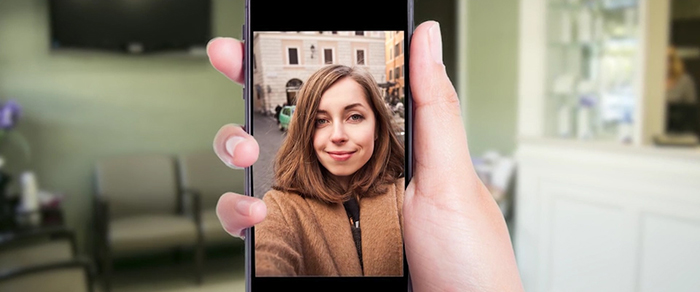

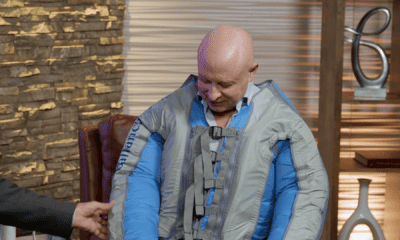
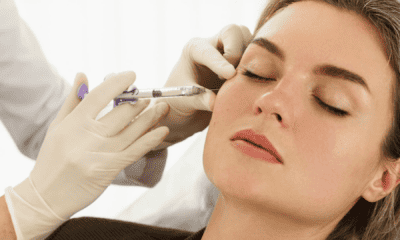


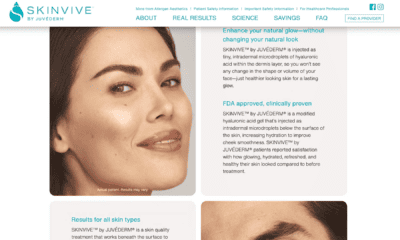



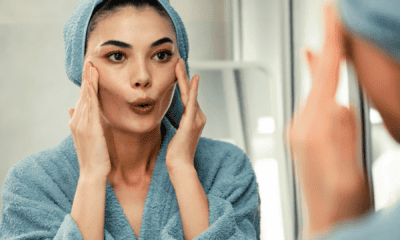




Facebook
Twitter
Instagram
YouTube
RSS